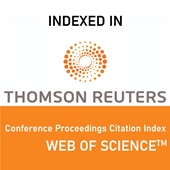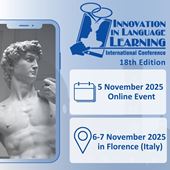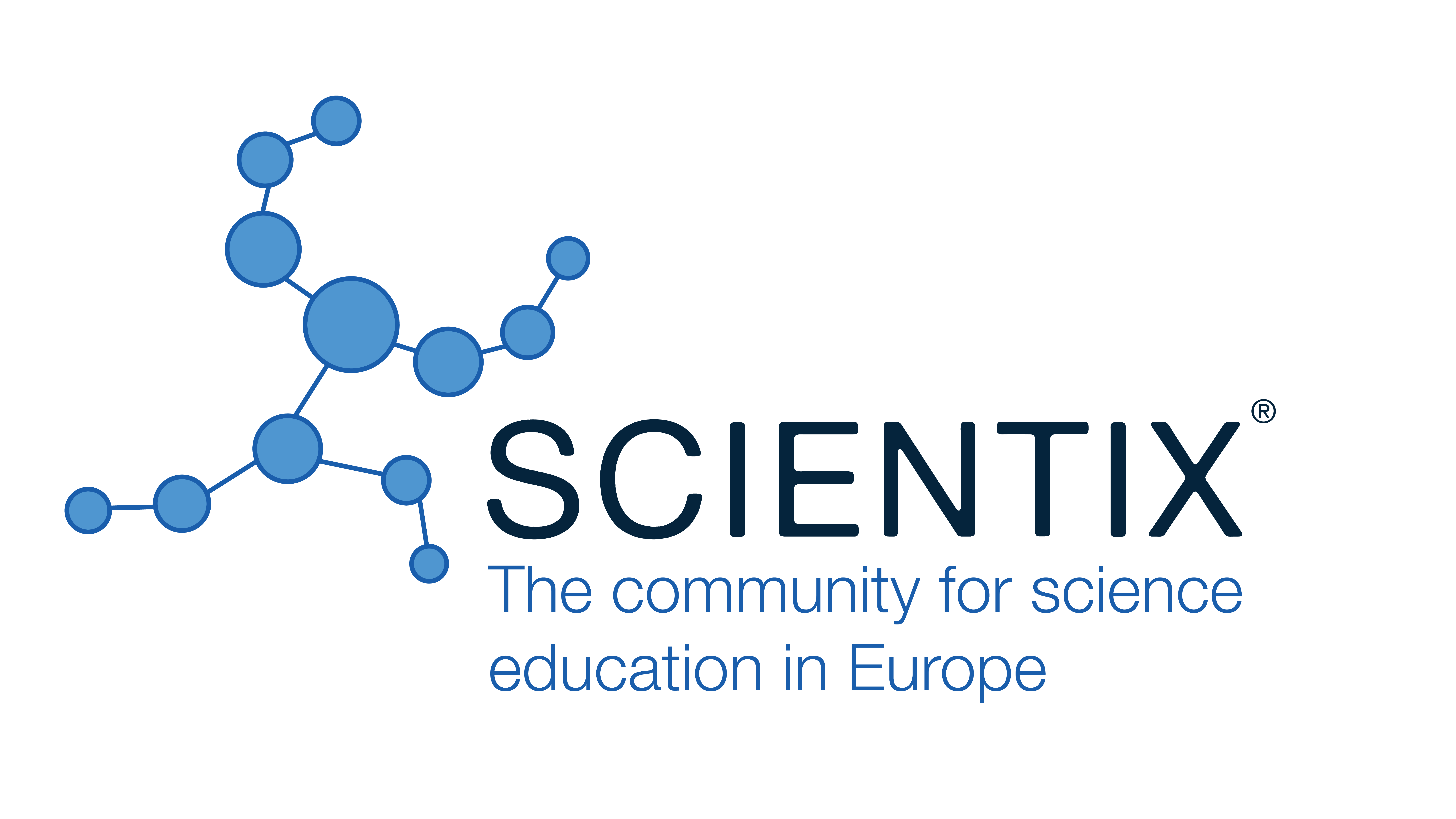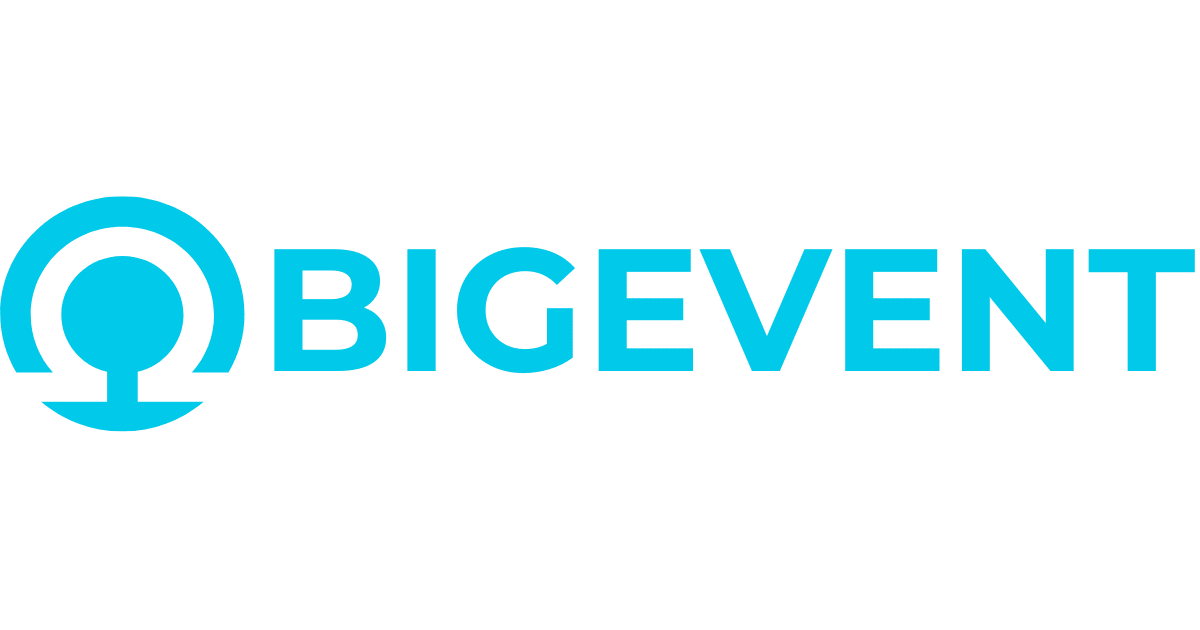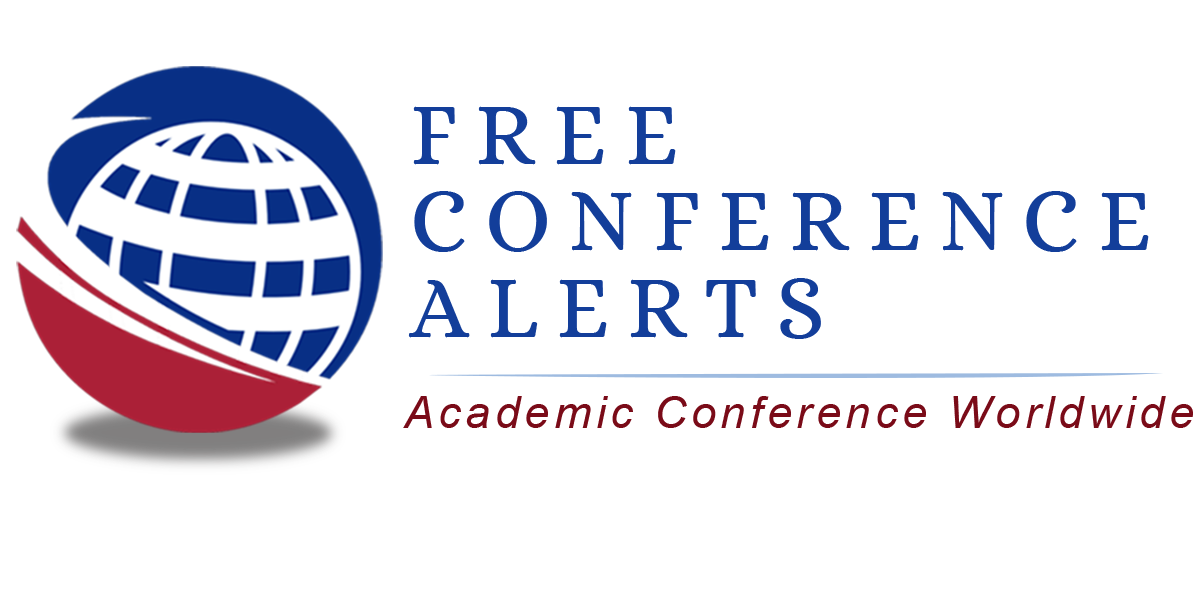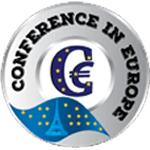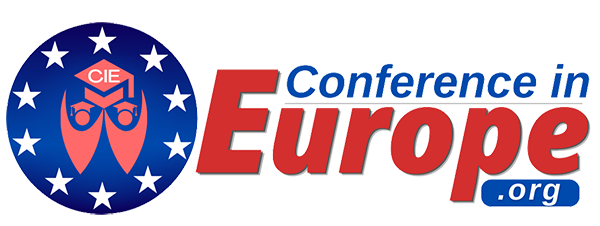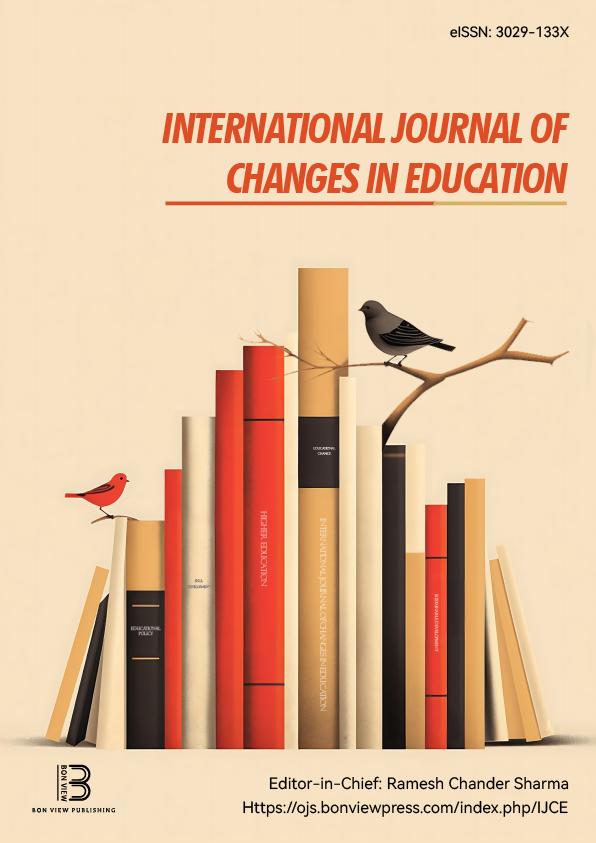A Threefold Framework in Teaching English: Content, Language, Project
Olga Vavelyuk, Saint-Petersburg State Educational Institution Lyceum 214 (Russian Federation)
Abstract
We consider practical advantages of merging health-focused CLIL with Project-Based activities in teaching English to high school students. Taking our course “English for Health” as an example, we demonstrate how the approach transforms student engagement and learning outcomes. The proposed framework also broadens and deepens understanding of concepts for the subject relevant to it outside of an English class. We demonstrate how learners begin to understand a wide range of spoken and written language in both general and specialized topics and use the target language to achieve their communicative goal in a variety of situations. We show how using interactive, foldable portfolios (Project Lapbooks), where students compile health research, vocabulary, and personal reflections in English, as part of a learning process helps students study relevant curricular content in tandem with a foreign language. In this case Project Lapbook is also a visual representation of student improvement for both teachers and students. Health content proves uniquely effective because it creates genuine communication purposes—students naturally want to discuss, debate, and share health information, generating authentic language use. We suggest hands-on techniques that simultaneously develop language proficiency and essential soft skills: teamwork, problem-solving, and self-motivation. The short video clips illustrate how the approach boosts student self-motivation and sense of responsibility. We also discuss the challenges teachers may face in activating, guiding and assessing and offer solutions. We share practical examples of assignments and demonstrate real students’ works, so at the end of the session participants will be equipped with a comprehensive toolkit including ready-to-use activities and step-by-step implementation guides adaptable to various topics and proficiency levels. The approach is worth sharing since it significantly increases the level of students both in English and a chosen subject and effectively develops 21st century skills important for their future. It is practical and easy to implement. It also changes the teacher’s role: instead of manually steering the ship, the teacher merely becomes a navigator, allowing the crew to sail independently and with full confidence.
|
Keywords |
CLIL, Project-based activities, lapbooks, soft skills |
|
REFERENCES |
[1] Bentley, K. (2010). The TKT course. CLIL module. Cambridge: Cambridge University Press. [2] Coyle, D., Hood, P., & Marsh, D. (2010). Content and language integrated learning. Cambridge: Cambridge University Press. [3] Dale, L., Tanner, R. (2012). CLIL activities: a resource for subject and language teachers. Cambridge: Cambridge University Press. [4] Vavelyuk, O. (2014). Implementing CLIL models into a classroom: Teaching English to students of physics. Journal of Professional and Academic English, 43, 18-24. [5] Vavelyuk, O. (2015). To integrate successfully: Language and Subjects Studies in ESP teaching Procedia –Social and Behavioral Sciences, 199, 44-49. |
 Innovation in Language Learning
Innovation in Language Learning
